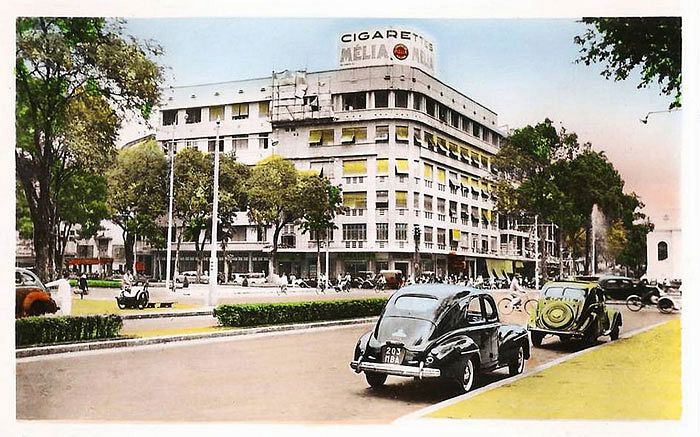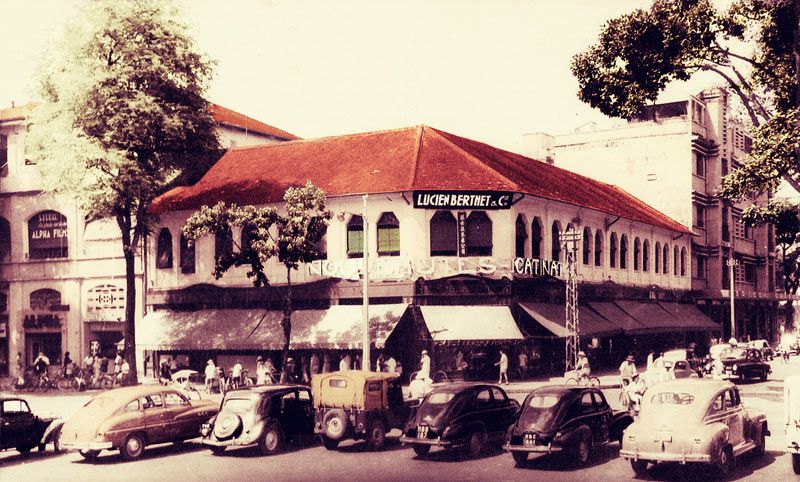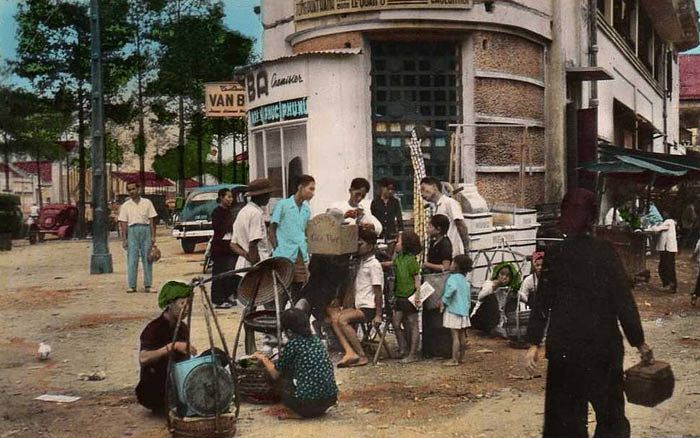While the tunnels under Independence Palace and the Ho Chi Minh City Museum are open to tourists, new research shows that they are part of a more extensive tunnel network that lies under the streets of Saigon.
The revelation was presented over at historian Tim Doling’s blog, Historic Vietnam, where he and a contributor, Tyler Watts, used old photos and documents to put the pieces together.
According to Doling:
“While the Independence Palace was under construction in 1962 to replace the bombed Norodom Palace, South Vietnamese president Ngô Đình Diệm ordered his architect Ngô Viết Thụ to dig underground tunnels beneath both the new building and his temporary replacement, the Gia Long Palace (the former Lieutenant Governor’s Palace, now the Hồ Chí Minh City Museum).”
Their curiosity was sparked by 2 photos from the George Krizansky Collection in the Vietnam Center and Archive taken in 1963:

“This innocent looking building housed a tunnel exit from the Palace. It is located at the Saigon Zoo. 15 November 1963." Source.

“Police officers and army men drive curious spectators away from seeing the exit of the tunnel located at the basement of this deceptive building at the Saigon Zoo.” Source.
The evidence was further supported by Historic Vietnam:
“The Generals [General Trần Văn Đôn and Trần Thiện Khiêm] are aware that there are two underground tunnels of escape from Gia Long Palace. These terminate at the [Mạc Đĩnh Chi] Cemetery [now Lê Văn Tám Park] at the corner of Phùng Khắc Khoan and Phan Thanh Giản [Điện Biên Phủ] and at the Zoo. These were formerly part of the sewers, but the sewerage has been diverted into other channels.”
These tunnels stretch from the Hồ Chí Minh City Museum all the way to the former Mạc Đĩnh Chi Cemetery (Hai Bà Trưng) and to the Saigon Zoo.
We’ll tuck this historical tidbit in our back pocket in the event of a zombie apocalypse.














